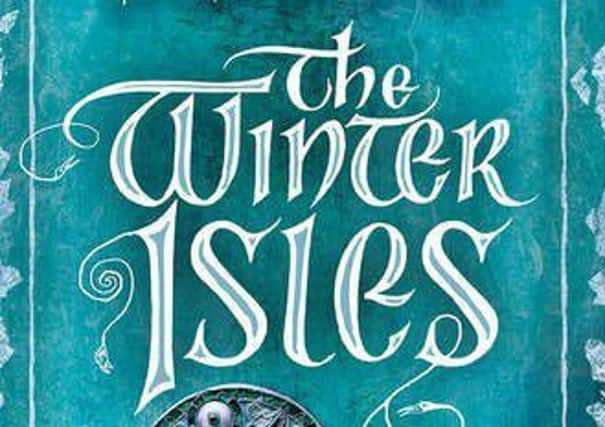Book review: The Winter Isles by Antonia Senior


The Winter Isles by Antonia Senior | Corvus, 383pp, £16.99
Somerled was a warrior who lived in Argyll in the 12th century and became the first Lord of the Isles, but beyond that the details of where he came from, how he lived and how he came by his influence are sketchy. History has placed him in notable battles, named his children but left us shadowy details of his life.
Antonia Senior has taken the bones and built a portrait of the man at a time where lives at sea and on the land were completely separate. It is tale of conflict, not just of physical battles for spoils and power but cultural and religious fights and the fight against the encroachment of Scottish, French and English influence on this western kingdom. Set in an era where no-one advanced or survived except through a blood alliance or by bloodshed, it makes for a gripping read.
Advertisement
Hide AdThe book contains a map of the West Coast of Scotland, and it is important to understand the boundaries of this world; the rim of seafarers from the Isle of Man in the South, encompassing Kintyre, Ireland and the Isles. These people lived, ate, fought and travelled by sea. With their backs to the mountains, they defended their homes and families. The descriptions of the landscape capture the awesome poetic beauty that is still unchanged.
Senior incorporates all the recorded facts, but fleshes out an extraordinary character in between; a troubled, heroic, loving and self-aware man.
First there is his name: we first encounter Somerled (which means “Summer Warrior” in Norse) as a boy of 15 after the death of his father, a dispossessed lord of a minor clan. On a rocky outpost of Kintyre, the boy is struggling to earn respect from his father’s small band of followers and is faced with having to prove himself by a daring raid upon his neighbours. His Viking name, imagines Senior, comes from his mother, with her pagan gods, while his father’s clan are Christian. The two cultures, Gael and Viking, were united under Somerled’s rule and began to share a common culture, the “Gall-Gaidheal”, but we feel the conflict in him between an all-loving God, and the deities of his mother’s religion who mock mortals and rain down cruelties on them.
From a somewhat foolhardy, but lucky and brave teenager, Somerled grows to become the primary warrior and tactician of the era.
In 1140 we know Somerled married Ragnhild, daughter of Olaf, King of Mann and the Isles. But it is recorded that he had an older son, not from this marriage, and in this first imagined relationship Senior describes an enduring love story, interrupted by warfare, the need for allegiance and the force with which that allegiance is won. Each character is beautifully drawn; Aed, Somerled’s friend, is a ferocious warrior who is tender with his wife and children; the pragmatic female characters live cheek by jowl in great halls with their husbands’ families and there is vicious battling between sons almost from birth; this was a culture where the birthright went not to the eldest but the best.
In the last decade or so, genetic studies on men bearing surnames associated with patrilineal descendants of Somerled have shown 40 per cent of MacAlisters, 30 per cent of MacDougalls, and 18 per cent of MacDonalds share a genetic marker linked to this common ancestor.
While his kingdom was never Scotland, Senior has imaged in Somerled a person who could have given rise to our national character and told a gripping thousand-year-old story along the way.